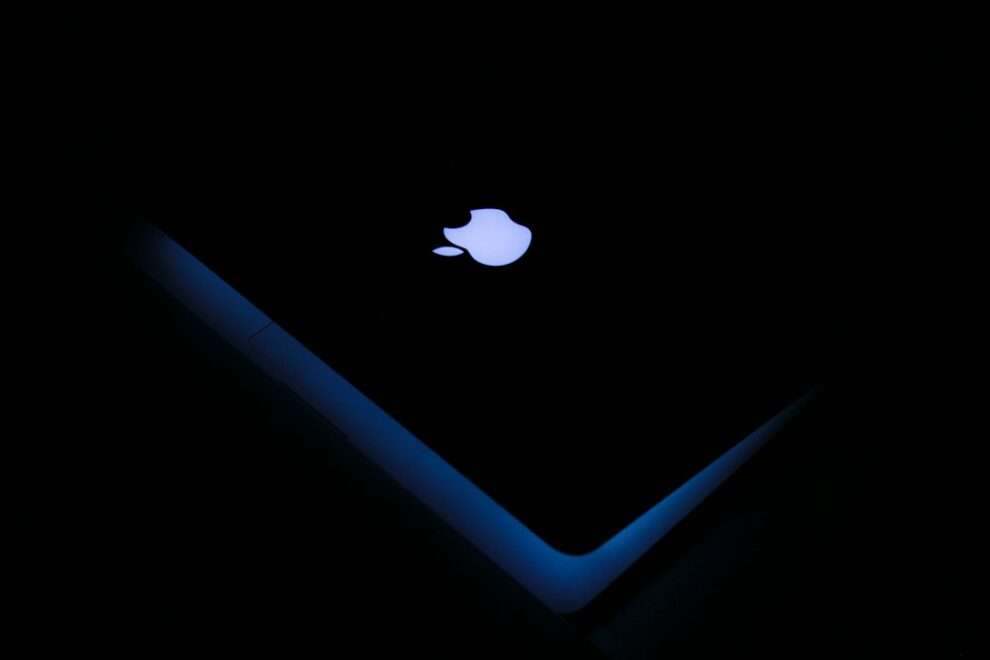Steve Jobs and Steve Wozniak are two names that are synonymous with the technology industry. Their contributions to the world of technology have had a profound impact on the way we live, work, and communicate. In this article, we will explore the early days of Jobs and Wozniak, the birth of Apple in a garage, the company’s growth and success, as well as its decline and eventual resurgence under Jobs’ leadership. We will also discuss Apple’s expansion into new markets and its lasting legacy on the technology industry.
The early days of Steve Jobs and Steve Wozniak
Steve Jobs was born on February 24, 1955, in San Francisco, California. He was adopted at a young age and grew up in Mountain View, California. From an early age, Jobs showed an interest in electronics and technology. He attended Homestead High School in Cupertino, where he met Steve Wozniak.
Steve Wozniak, born on August 11, 1950, in San Jose, California, was also interested in electronics from a young age. He was a self-taught engineer and had a knack for designing and building electronic devices. Wozniak attended the University of California, Berkeley but dropped out to pursue his passion for technology.
Jobs and Wozniak met in 1971 through a mutual friend at Homestead High School. They quickly bonded over their shared love for electronics and technology. They collaborated on various projects together, including building “blue boxes,” which allowed them to make free long-distance phone calls.
The garage where it all began
In 1976, Jobs and Wozniak founded Apple Computer Inc. in the garage of Jobs’ childhood home in Los Altos, California. The garage has since become legendary in the tech world as the birthplace of Apple.
The garage was a small, cluttered space where Jobs and Wozniak worked tirelessly to bring their vision to life. It was in this humble setting that they built the first Apple computers and laid the foundation for what would become one of the most successful and influential companies in the world.
The birth of the Apple I computer
In 1976, Jobs and Wozniak introduced the Apple I computer. It was a bare-bones machine that consisted of a motherboard, a keyboard, and a monitor. The Apple I was not a commercial success, but it laid the groundwork for future innovations.
The Apple I had a 1 MHz processor, 4 KB of RAM, and could be connected to a TV or monitor. It did not have a built-in keyboard or storage, and users had to provide their own peripherals. Despite its limitations, the Apple I was a significant achievement for Jobs and Wozniak, as it marked the beginning of their journey into the computer industry.
Incorporating Apple Computer Inc.
In 1977, Jobs and Wozniak made the decision to incorporate Apple Computer Inc. This move allowed them to secure funding and expand their operations. With the help of investor Mike Markkula, Apple was able to grow rapidly and introduce new products to the market.
Incorporation also brought about changes in the company’s structure and management. Jobs became the chairman of the board, while Wozniak focused on engineering and product development. This division of roles allowed Apple to streamline its operations and focus on innovation.
The launch of the Apple II

In 1977, Apple introduced the Apple II computer. It was a significant improvement over the Apple I and became one of the most successful personal computers of its time. The Apple II featured color graphics, a built-in keyboard, and expandable memory.
The success of the Apple II can be attributed to its user-friendly design and the availability of software. Apple encouraged third-party developers to create software for the platform, which led to a wide range of applications being available for the Apple
This made it an attractive choice for both home users and businesses.
The Apple II’s success propelled Apple to new heights and established the company as a major player in the computer industry. It also set the stage for future innovations and cemented Apple’s reputation for creating user-friendly and innovative products.
The Macintosh revolution
In 1984, Apple introduced the Macintosh, a groundbreaking computer that revolutionized the industry. The Macintosh featured a graphical user interface (GUI) and a mouse, making it much easier to use than other computers at the time.
The development of the Macintosh was a challenging process, with Jobs pushing his team to create a computer that was both powerful and user-friendly. The Macintosh was unveiled in a now-iconic Super Bowl commercial, which introduced the world to the concept of personal computing.
The Macintosh changed the computer industry by making computers more accessible to the average person. Its GUI and mouse interface set a new standard for user-friendly design, and its sleek and compact design made it visually appealing. The Macintosh also introduced desktop publishing capabilities, which revolutionized the publishing industry.
The departure of Steve Jobs and the decline of Apple
In 1985, Jobs was forced out of Apple after a power struggle with then-CEO John Sculley. Jobs went on to found NeXT Computer Inc., while Apple struggled without its visionary leader.
During Jobs’ absence, Apple faced numerous challenges, including increased competition from Microsoft and IBM. The company released a series of unsuccessful products and experienced declining sales. By the mid-1990s, Apple was on the brink of bankruptcy.
The return of Steve Jobs and the iMac
In 1997, Apple acquired NeXT Computer Inc., bringing Jobs back to the company he co-founded. Jobs took on the role of interim CEO and immediately set about turning Apple’s fortunes around.
Under Jobs’ leadership, Apple introduced a series of innovative products, starting with the iMac in 1998. The iMac was a sleek and colorful all-in-one computer that captured the attention of consumers. It marked a new era for Apple and set the stage for its future success.
The iMac was a commercial success and helped Apple regain its position in the computer industry. It was followed by a series of successful products, including the iPod, iPhone, and iPad, which further solidified Apple’s position as a leader in technology and design.
Apple’s expansion into new markets
With the success of the iMac, Apple began to expand into new markets. In 2001, Apple introduced the iPod, a portable music player that revolutionized the way we listen to music. The iPod quickly became a cultural phenomenon and propelled Apple into the music industry.
In 2007, Apple introduced the iPhone, a revolutionary smartphone that combined a phone, music player, and internet device into one sleek package. The iPhone changed the way we communicate and paved the way for the smartphone revolution.
In 2010, Apple introduced the iPad, a tablet computer that redefined portable computing. The iPad became immensely popular and created a new market for tablet devices.
The legacy of Apple and its impact on technology
Apple’s influence on technology and design cannot be overstated. The company’s products have not only changed the way we use technology but have also influenced the design of other products in various industries.
Apple’s focus on user-friendly design and attention to detail has set a new standard for product design. Its products are known for their sleek and minimalist aesthetic, as well as their intuitive user interfaces.
Apple’s success has also had a ripple effect on the technology industry as a whole. The company’s innovations have inspired other companies to push the boundaries of what is possible and have led to advancements in areas such as mobile computing, music streaming, and wearable technology.
In conclusion, Steve Jobs and Steve Wozniak’s impact on technology cannot be overstated. Their collaboration and vision led to the creation of Apple, a company that has revolutionized the way we live, work, and communicate. From the humble beginnings in a garage to the introduction of groundbreaking products like the Macintosh, iPod, iPhone, and iPad, Apple has consistently pushed the boundaries of what is possible.
The legacy of Steve Jobs and Apple will continue to shape the technology industry for years to come. Their focus on user-friendly design, attention to detail, and commitment to innovation have set a new standard for product design and have inspired countless others to follow in their footsteps. As we look to the future, it is clear that Apple’s impact on technology will only continue to grow.

















Add Comment